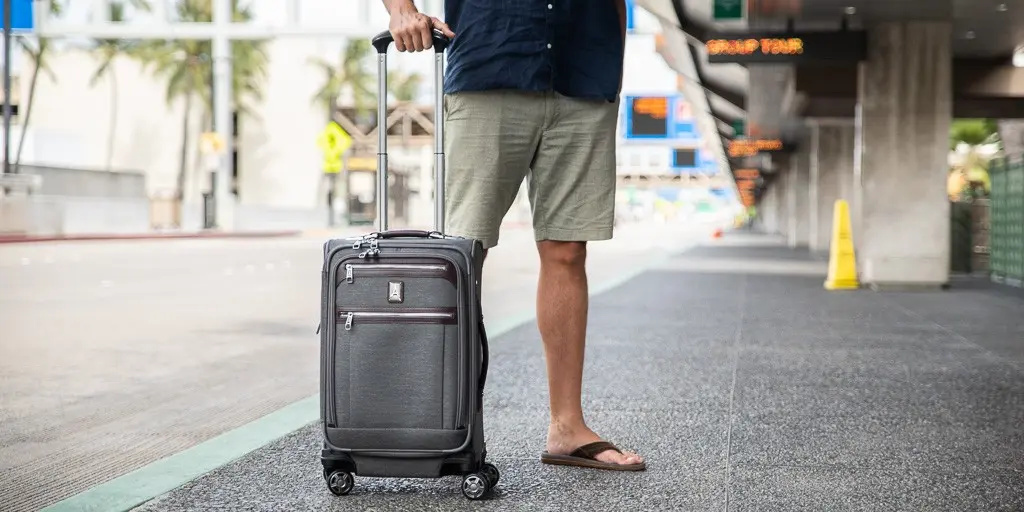
Can a US felon get a passport? Inside the newly passed EU travel law
Could the way we travel to Europe be about to change forever? In a move that might shift the paradigms of international travel, Americans are set to experience a new form of entry into the European continent come 2025. Wave goodbye to the quaint passport stamps; the future ushers in biometric scanning and a mandatory pre-authorization for U.S. travelers.

A Digital Shift in European Travel
Starting in the spring of 2025, visiting the picturesque landscapes of Europe will require a bit more digital paperwork. The European Travel Information and Authorisation System, or Etias, will be the new gatekeeper for Americans embarking on up to 90-day trips to European Union countries.
And it’s not just the EU; countries outside of the member states, like Switzerland and Norway, are on board too. Most applications for Etias will breeze through in minutes, but if you’re one of the few who need an interview, you might be looking at a 30-day wait.
While you’ll still need your passport, the new entry/exit system taking effect next fall is set to collect your fingerprints and face scans. Your every arrival and departure will be stored in an expansive digital database. It’s a big move towards what the EU promises will be a swifter, more efficient process.

Biometrics: The Future or a Privacy Concern?
The upcoming changes mark a significant leap towards biometric screening at borders, a trend gaining momentum worldwide. However, this evolution doesn’t come without its critics. Electronic-privacy advocates are sounding alarms over the potential privacy trade-offs, with sensitive biometric data being stored in international databases.
The EU, on the other hand, is gearing up for this massive technological and procedural overhaul. The new target launch dates provide a cushion for the member states to prepare, but this isn’t the EU’s first rodeo with facial comparison technology.
This tech is already a travel staple in various international airports, including those in Mexico, the UK, and Singapore, with airlines adopting facial recognition for boarding instead of traditional tickets.

A Series of Delays and Preparations
The journey to implementing Etias has been anything but direct. Initially set to launch in 2021, the start date has been nudged back repeatedly, now resting on 2025. This delay offers a breather to the 27-member states of the EU, ensuring the necessary tech and training are up to snuff. Meanwhile, the European Commission’s proposal from 2016 finds its parallel in the U.S. system established in 2008, all in the name of enhanced security.
As for the travelers themselves, this means adapting to the new norms. With a record number of passports issued last year and predictions for a new high this year, Americans are showing their eagerness to travel internationally again. The State Department’s advice? Review processing times before locking in those nonrefundable travel plans.

Navigating the New Passport Paradigm
Whether it’s the six-month passport processing recommendation or the complexities of a visa application, the new travel landscape demands attention to detail and a buffer for unexpected delays. Expedited services are there, but with a fee, and the added time for mail delivery can’t be overlooked.
As the world opens up, travelers must keep abreast of the varying passport validity requirements across countries, ensuring smooth sailings—or flights—towards their global destinations.
As we ponder the implications of such a shift in travel protocols, one has to wonder: Will this new system enhance the security and efficiency of international travel, or will it become another hoop for globetrotters to jump through? And for those planning a European escapade in 2025, what other changes should we anticipate in this ever-evolving travel narrative?







